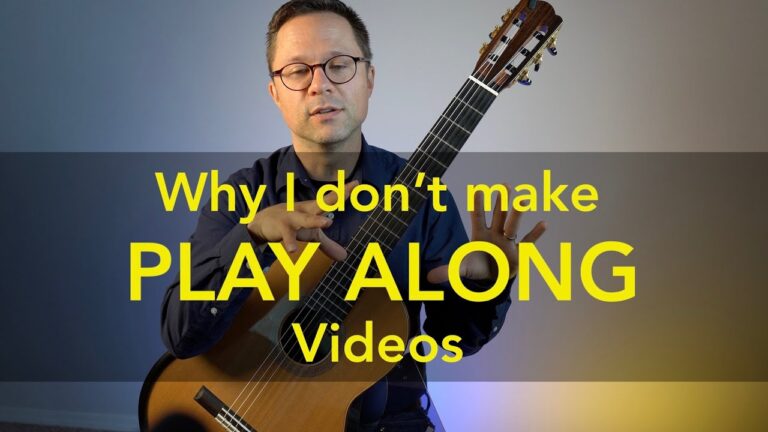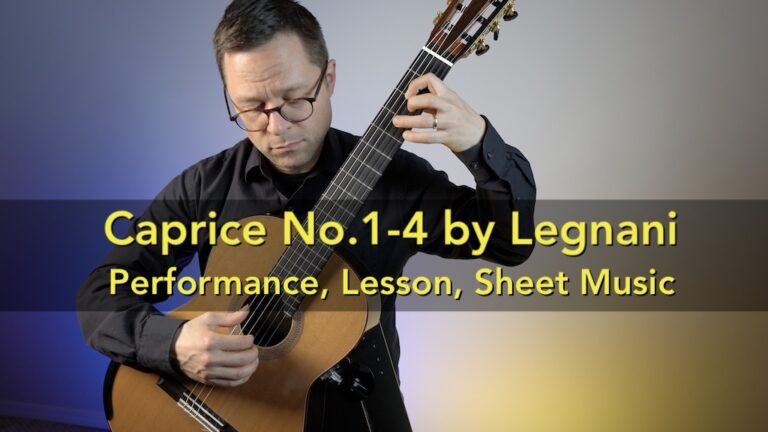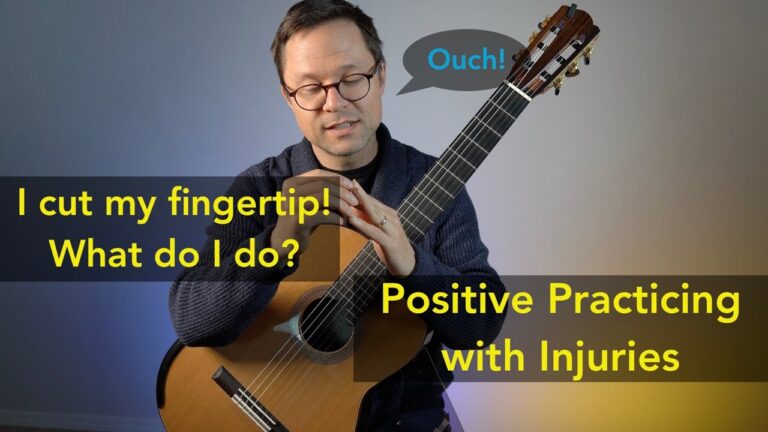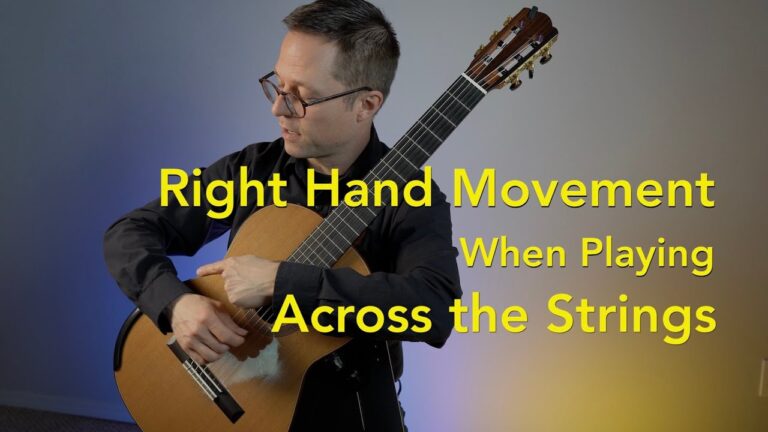The other day I posted a video regarding articulation and phrasing with Graham Fitch and received a number of questions as to the exact meaning of articulation in music. The previous post covered: Phrasing in music. So in this post I want to discuss the meaning of articulation in music. Before we look at a definition, here’s an analogy:
When an actor reads his lines he must speak in a way that well represents the meaning of the text. If the text is sad, let’s say a death scene, then he should speak in a sorrowful voice. It would be mighty strange to speak in a bright and cheerful voice if one’s family had just died. Another example might be the acting out of an unsophisticated robot. Maybe the robot speaks in “brok-ken-sent-tences.” In music, musicians control sound much in the same way as actors control the mood, atmosphere, and tone of their voice while delivering text.
Before we begin let’s look at the Fitch video again as well as a guitar related one by Gohar Vardanyan.
Articulation & Phrasing with Graham Fitch
Right Hand Articulation – Strings by Mail Lessonettes | Gohar Vardanyan
Definition of Articulation in Music:
Oxford Music Dictionary: No entry! I couldn’t believe that there was no entry on articulation within this go-to source.
Wikipedia’s definition:
In music, articulation refers to the musical direction performance technique which affects the transition or continuity on a single note or between multiple notes or sounds.
There are many types of articulation, with each having a different effect on how the note is played. Some articulation marks include the slur, phrase mark, staccato, staccatissimo, accent, sforzando, rinforzando, and legato. Each articulation is represented by a different symbol placed above or below the note (depending on its position on the staff). Wiki Link
‘Teach Yourself’ Definition:
Articulation refers to the way an individual note or group of notes should be performed. There are various marks to show articulation, some only being used for specific instruments. Directions for use of the sustaining pedal on the piano is an example. Other signs have a more general use. A dot placed over or under the head of a note indicates it should be played staccato, as short as possible. The slur marking is a curved line written above or below the heads of a group of notes, showing these pitches should be played smoothly. Slurs are found in vocal music, but are also used for bowing instructions of stringed instruments. The curved line is similar to that of the phrase, but is usually applied to a much smaller group of notes. Source.
Take a look at this other video of Graham Fitch (starting at about 50 secs in). Here he looks at legato and staccato. As I said earlier: I teach about 25 students weekly and I’d have to say 40% all lessons is really, in one way or another, a discussion of legato. Sometimes we discuss legato and staccato in regards in phrasing, feel, mood, and expressive effect. However, it takes listening skills and a knowledge of style to make decisions but students should be thinking about this from the very first lesson.
Types of Articulation:
It’s very difficult to talk about articulation without exploring the wide range of types of articulation used. Although I can go in depth into every type a brief description of the differences in articulation may help with your understanding of the meaning.
Some basic/common articulation markings (definitions and links via wiki page):
legato – In music performance and notation, legato (Italian for “tied together”) indicates that musical notes are played or sung smoothly and connected.
staccato – (Italian for detached) is a form of musical articulation. In modern notation it signifies a note of shortened duration, separated from the note that may follow by silence.
slur – A slur is a symbol in Western musical notation indicating that the notes it embraces are to be played without separation. This implies legato articulation,
phrase mark – In music notation, a curved line is placed over the notes representing two or more notes performed in a single gesture. Often, but not always, the gesture indicates legato.
accent – In music, an accent is an emphasis placed on a particular note, either as a result of its context or specifically indicated by an accent mark.
sforzando – (or sforzato or forzando or forzato), indicates a forceful accent and is abbreviated as sf, sfz or fz.
Conclusion:
So what is articulation in music? It’s the way in which the sound is controlled for expressive effect based on the context of the music or the intention of the performer. It can involve manipulation of the duration, dynamic level (volume), or tone colour (timbre) of the note or sound. Thus, you might here people speak of a legato articulation meaning a smooth and connected sound. Or a detached articulation meaning a mix between legato and staccato.
Here’s a musician who really likes a super detached articulation in his Bach performances. So strange is Glenn Gould’s articulation schemes that he is both beloved and criticized for his eccentric interpretations. Listen to the extreme detachment in the prelude of this Bach keyboard work. You can get really noticed but also into a bit of trouble from your articulations!






I agree with all of this except the concept of staccato, you don’t shorten a half note followed by a quarter note if it is staccato-ed, you simply pull of of the note much quicker, you sharply end it instead of softly moving to the next note. Other than this, it is a clear and very nice explanation.
Such a clear and accessible explanation of these concepts. Well done!